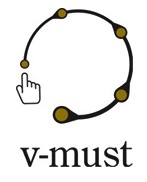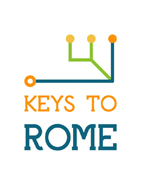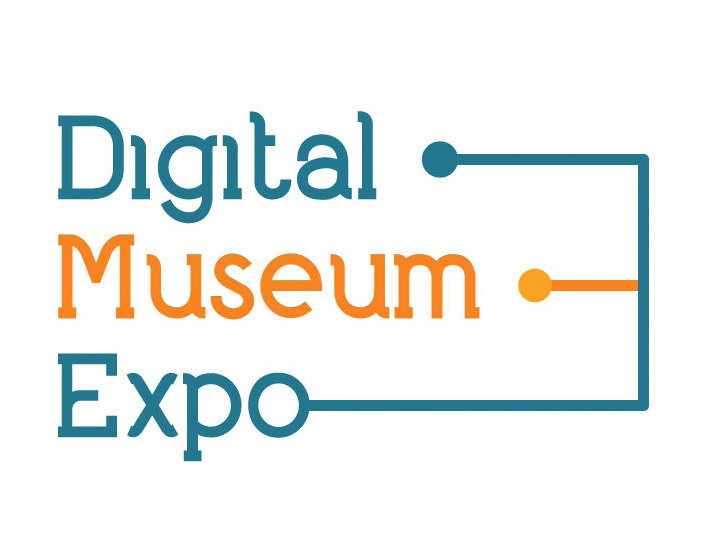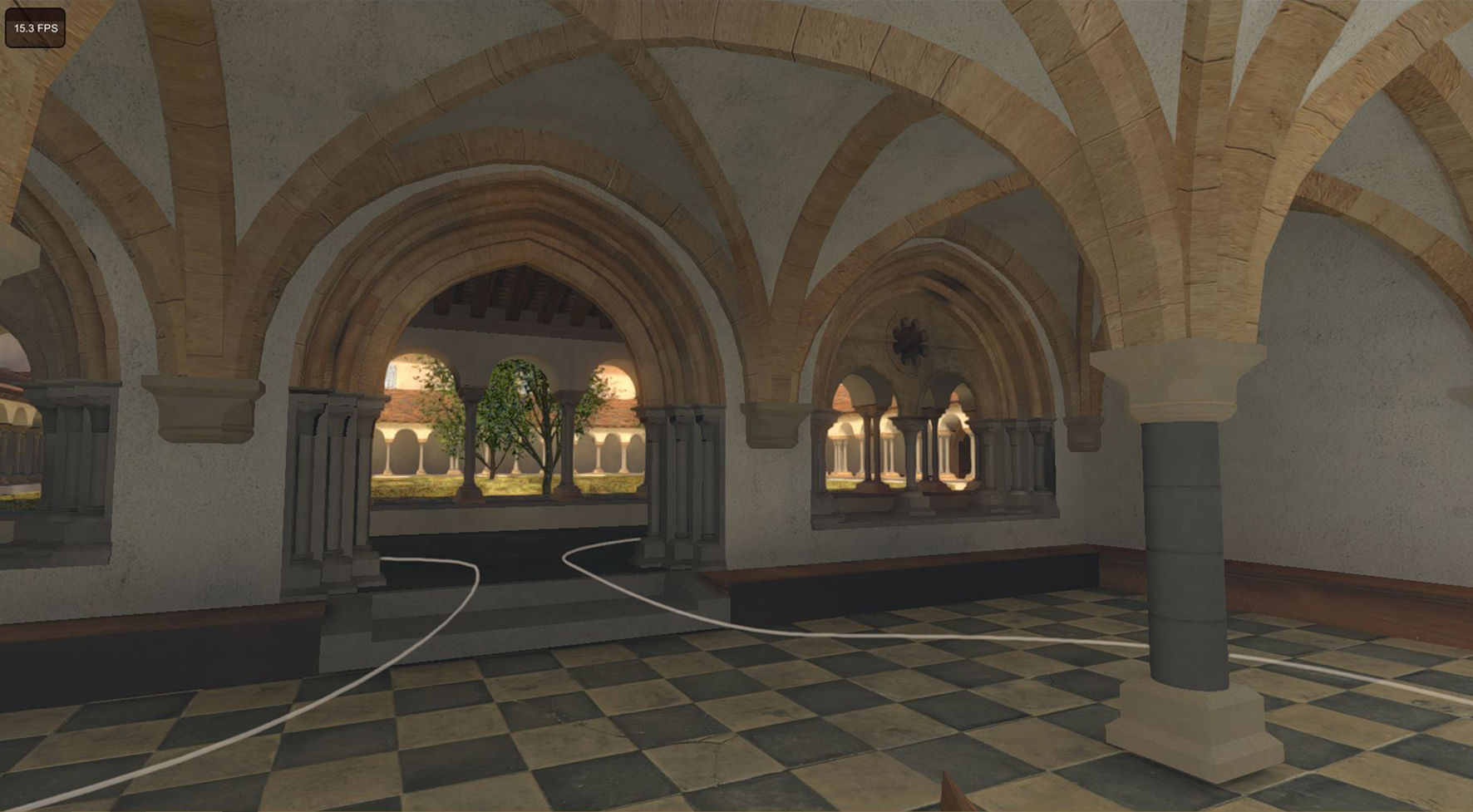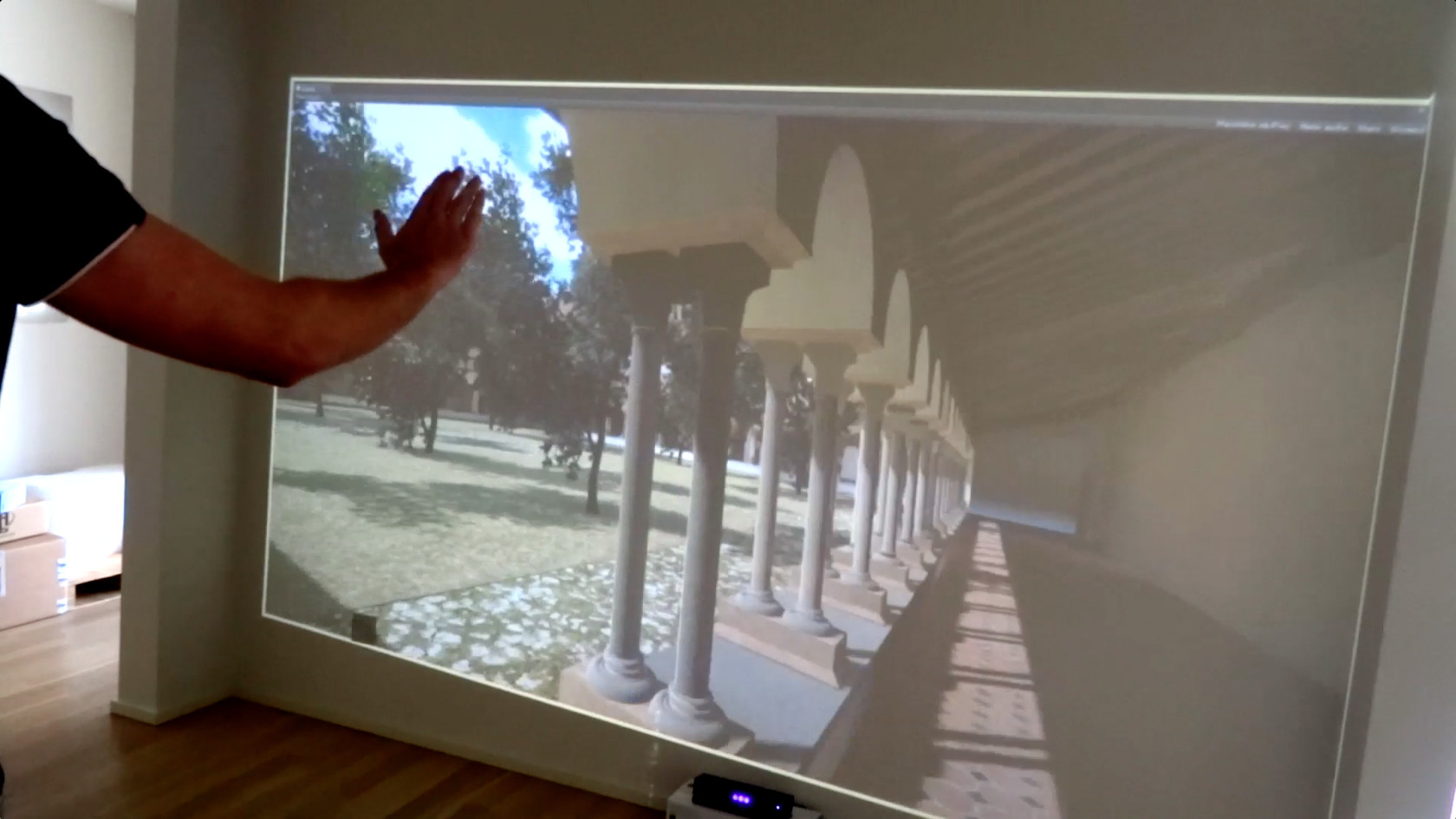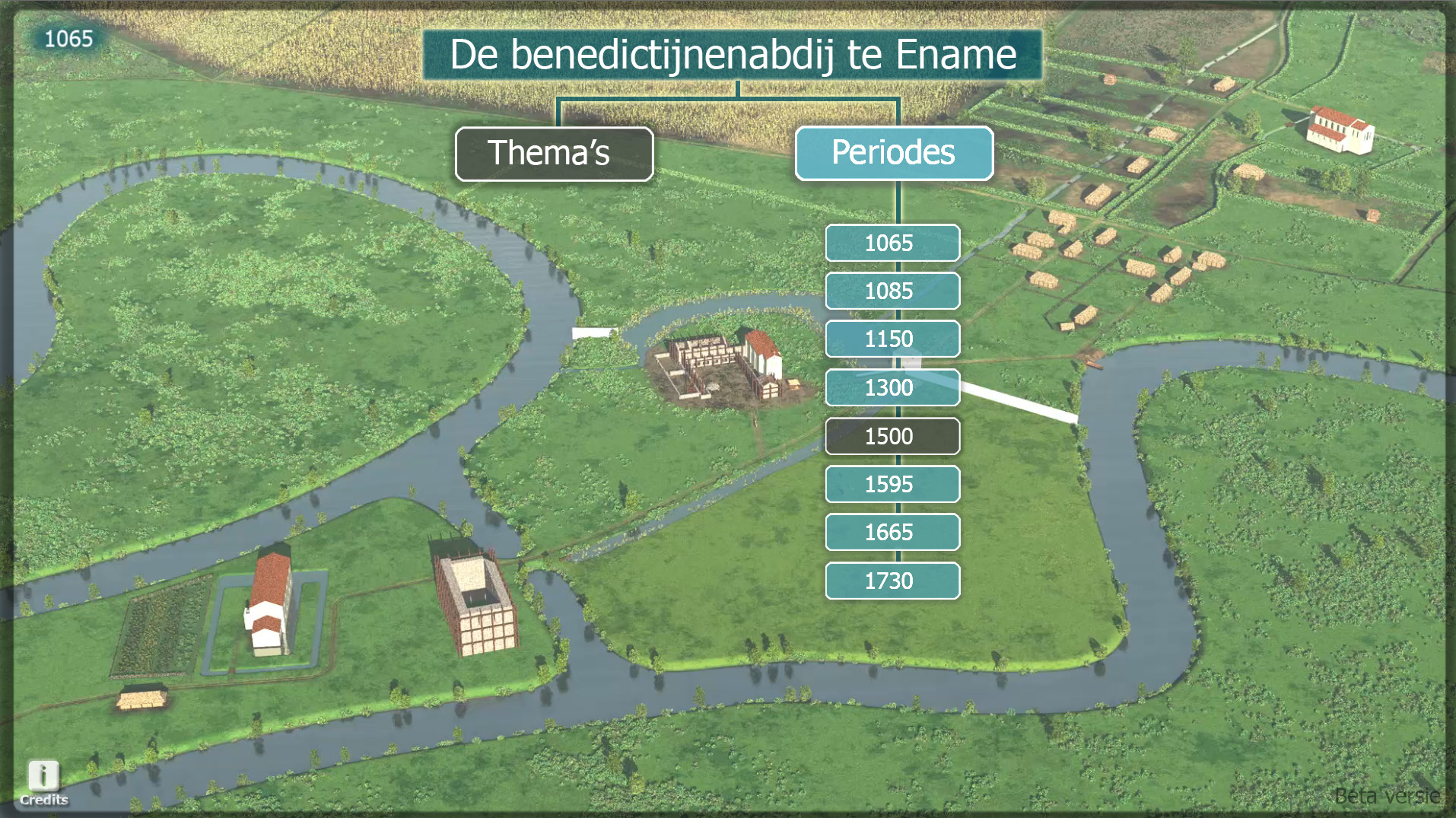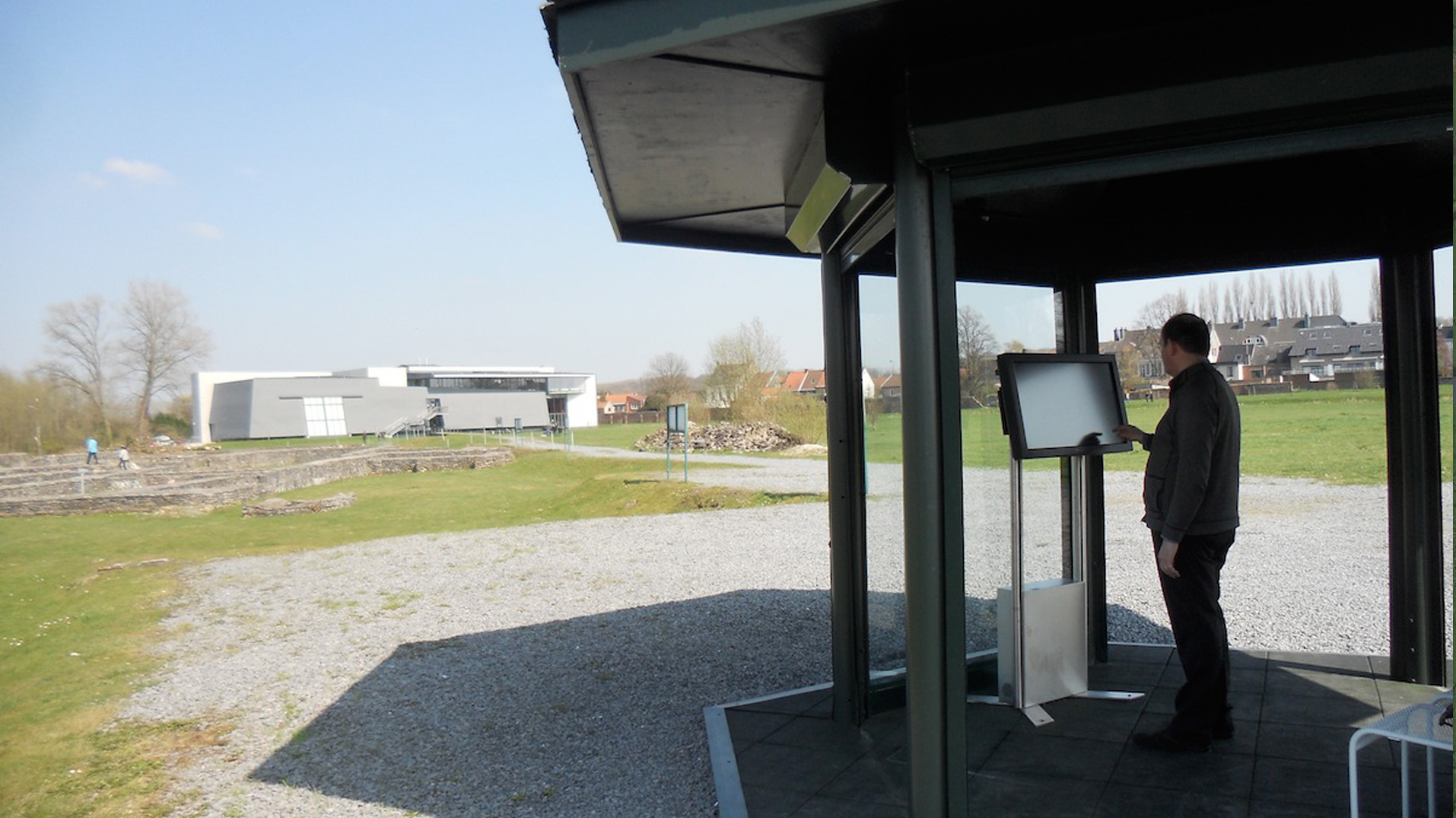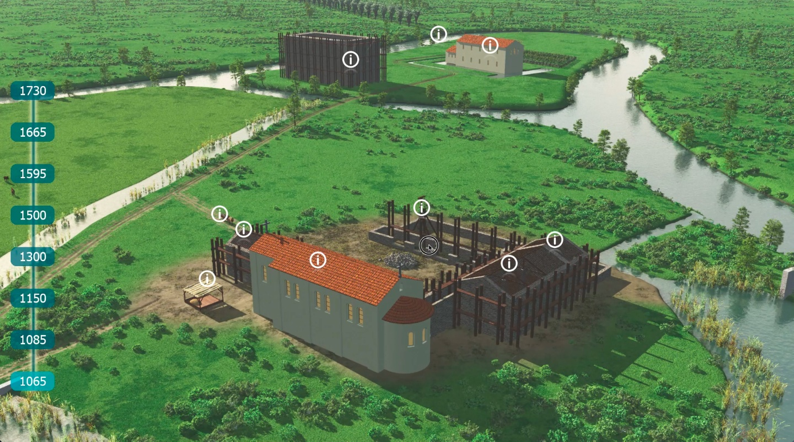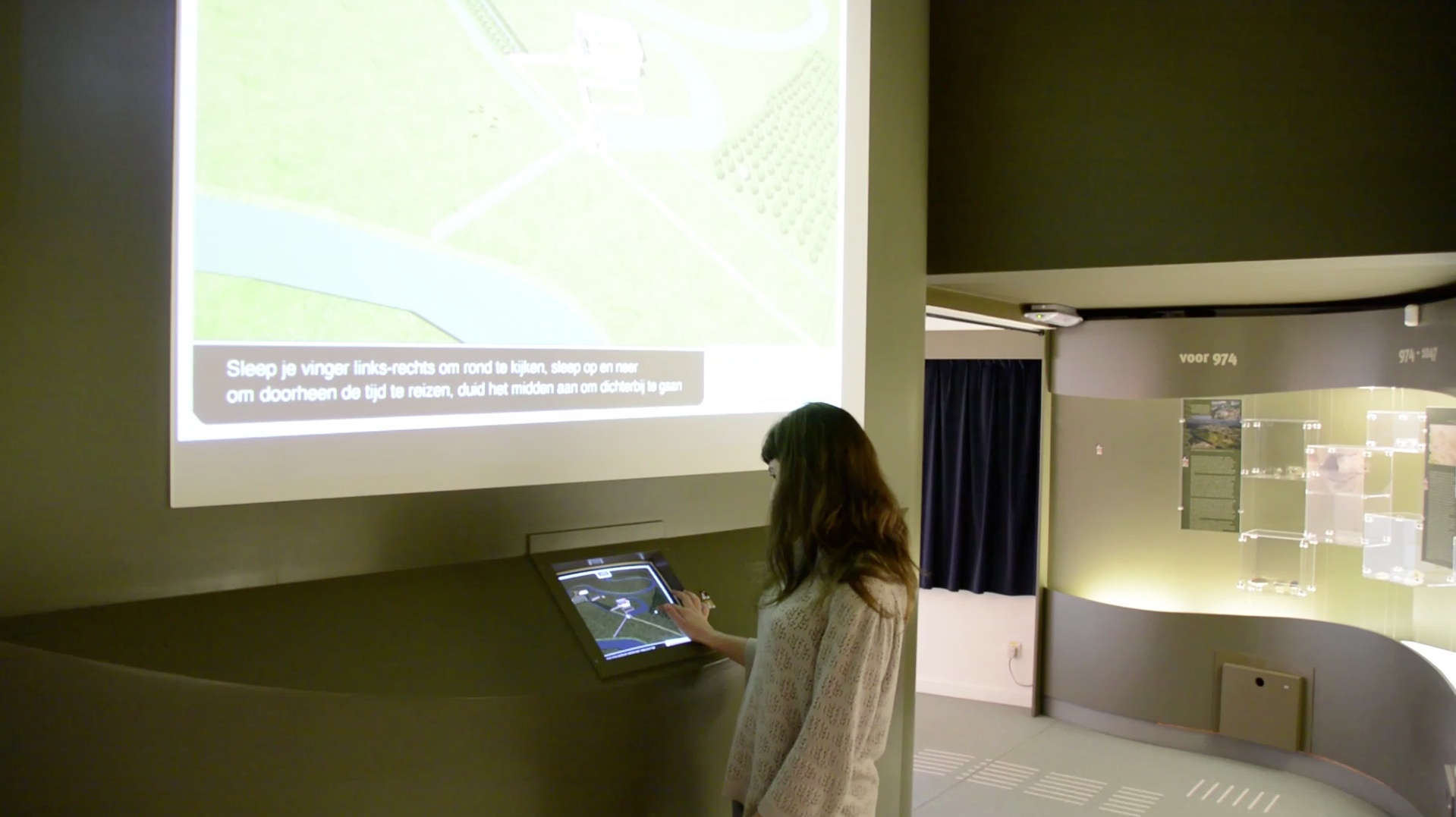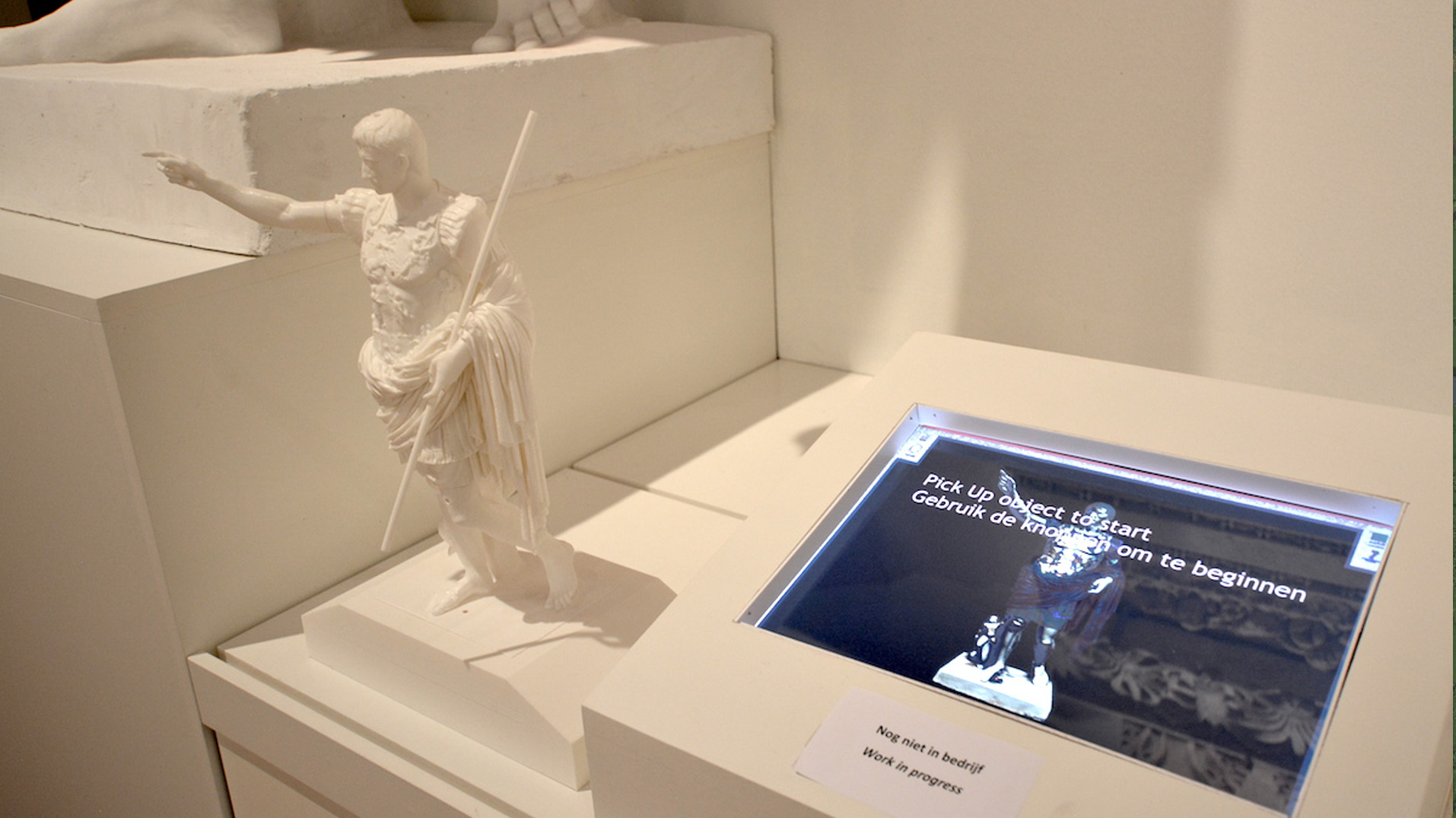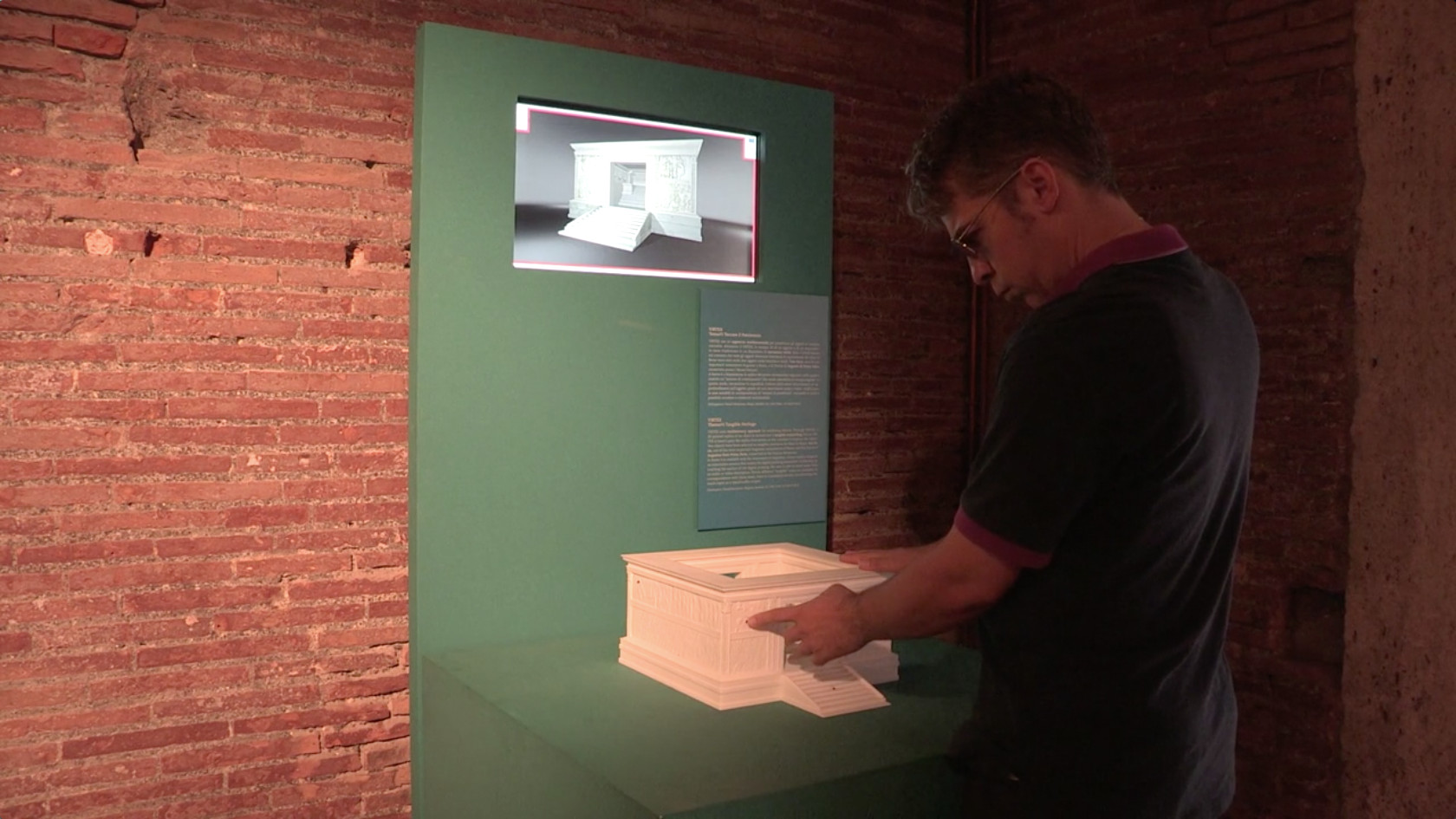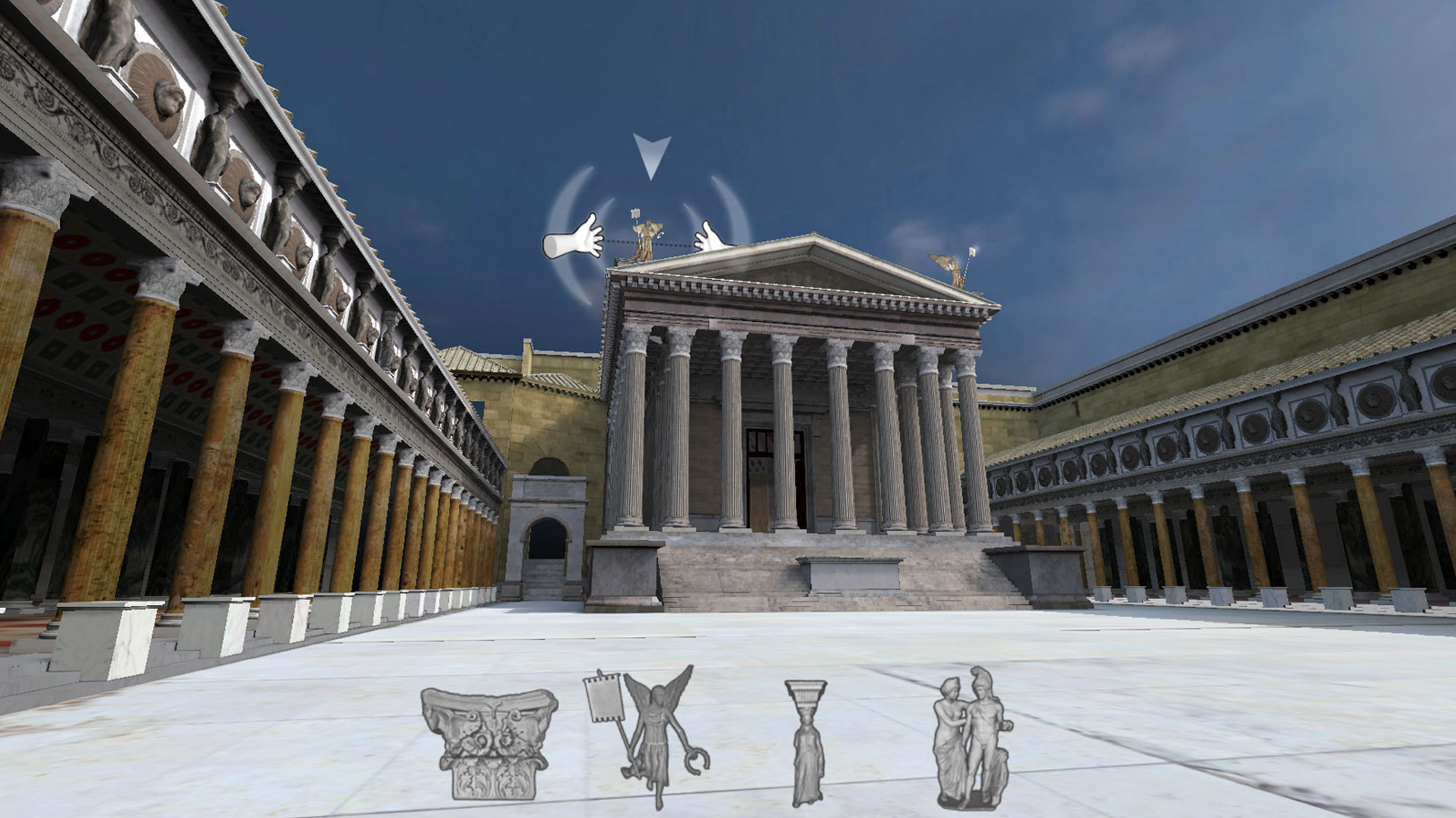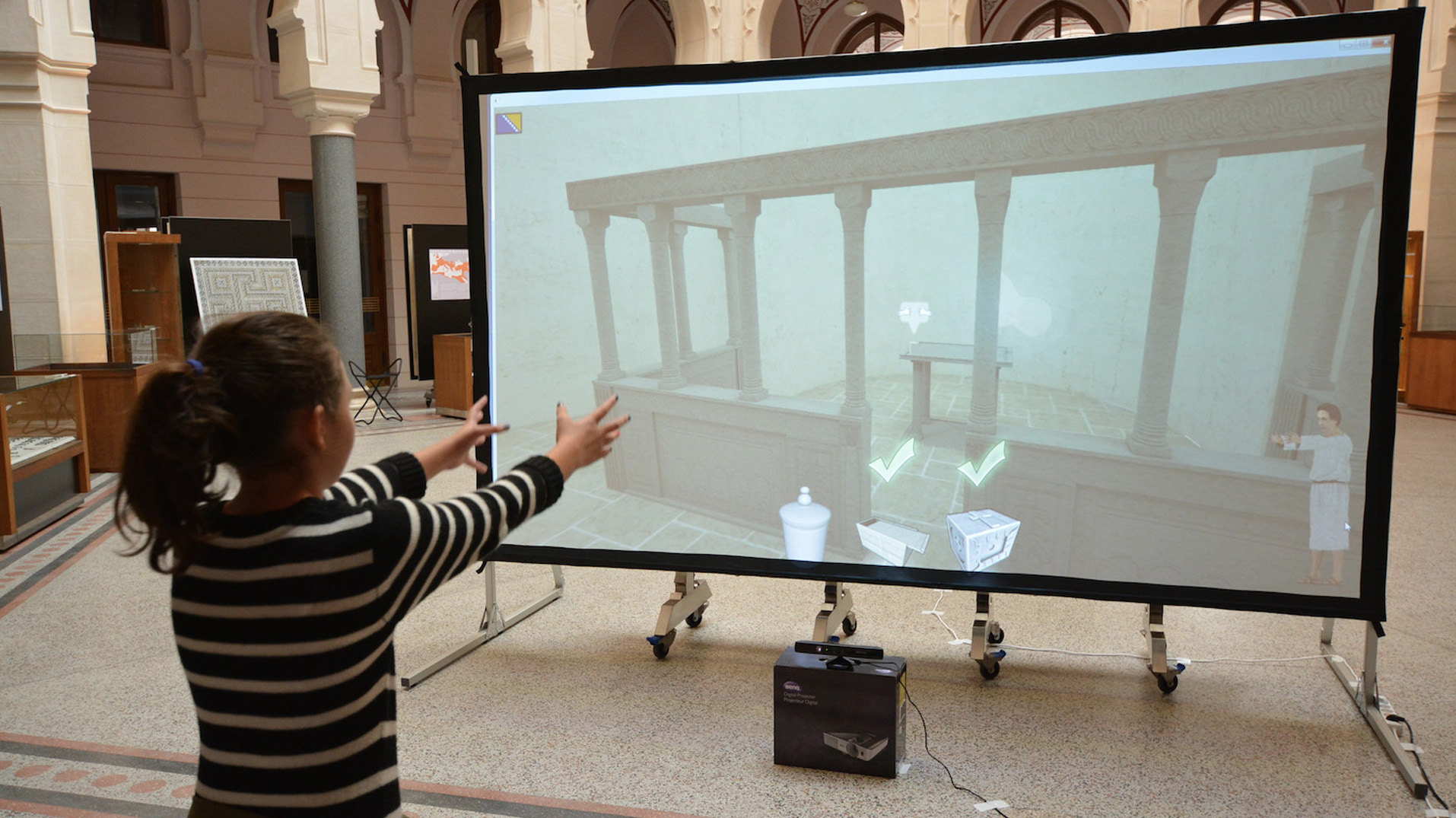V-MusT is the European Network of Excellence on Digital and Virtual Museums, funded by the European Commission’s Seventh Framework Programme. It consists of 18 core partners and a wide range of associated partners that cooperate closely to improve the use of digital technologies in museums and the cultural heritage domain.
The V-MusT Competence Centre is being created by the V-MusT partners to provide the implementation of digital heritage projects that are robust, maintainable, re-usable and exchangable. The V-MusT Competence Centre is a separate entity that will continue to provide competence in the digitial and virtual museum field after the finalisation of the V-MusT Network of Excellence.
The implementation capacities of the V-MusT Competence Centre range from conception, consulting and funding advice over creation of the digital heritage application or setup to maintenance, evaluation, repurposing and exchange of digital museum applications and assets.
The Competence Centre supports the long-term vision of the museums and focuses on virtual museums. It stands out and is different from other initiatives that focus on technology. Its approach focuses on “beyond touch-screens in the museums”, on the interaction between design – technology – cultural heritage in which cultural heritage needs to be in the driver’s seat. The goal is to create the right partnerships to come up with sustainable solutions for this long-term vision.
We think that the crucial issue for museums is the close cooperation between designers, ICTers and cultural heritage specialists in "co-creation" processes when creating digital applications for museums (both online and on-site).
To do this, the Competence Centre relies not only on its own core partners but also on a large pool of accredited experts, research teams and companies to provide the required expertise and implementation capacities.
The V-MusT Competence Centre uses the model of service brokerage, which means that it provides on one hand the museum or cultural heritage organisation a one-stop solution for a project from beginning to end, while it subcontracts parts of the project to the appropriate experts, research teams and companies and takes on the coordination of the overall project, including the communication with the museum or cultural heritage organisation that commisioned the project.
The V-MusT Competence Centre provides several main advantages to the museum and cultural heritage domain. First of all, it focuses on highly reliable, well-designed applications that have a long live cycle (the target is 15 years). Secondly, it combines excellent implementation capabilities with research and development capacity, so that projects that require solutions that cannot be based on standard and open tools can rely on specific developments or improvements of existing tools. Thirdly, it provides high quality by using the best experts in Europe and by supporting projects with excellent design guidelines and collaboration tools.
One of the tools that the Competence Centre has is the Virtual Museum Lab, in which new digital museum and cultural heritage applications can be tested and assessed when being used by museum visitors or by specific users (such as school children, disabled people, …).
To implement the re-use and exchange of digital and virtual museum applications and digital heritage assets, the V-MusT Competence Centre will curate a repository where museums and cultural heritage institutions, but also other games companies, tourist organisations or publishers can find high quality digital assets for use in their activities.
V-MusT has developed technologies, which mostly have been integrated in Keys2Rome, a major exhibition on Roman culture in 4 locations, which are demonstrated in a series of events, called Digital Museum Expo (below you find a list of technologies on display).
V-MusT is now in the process of creating its Competence Centre. If you are
interested in participating and being updated on future activities, please
take some minutes to register here
